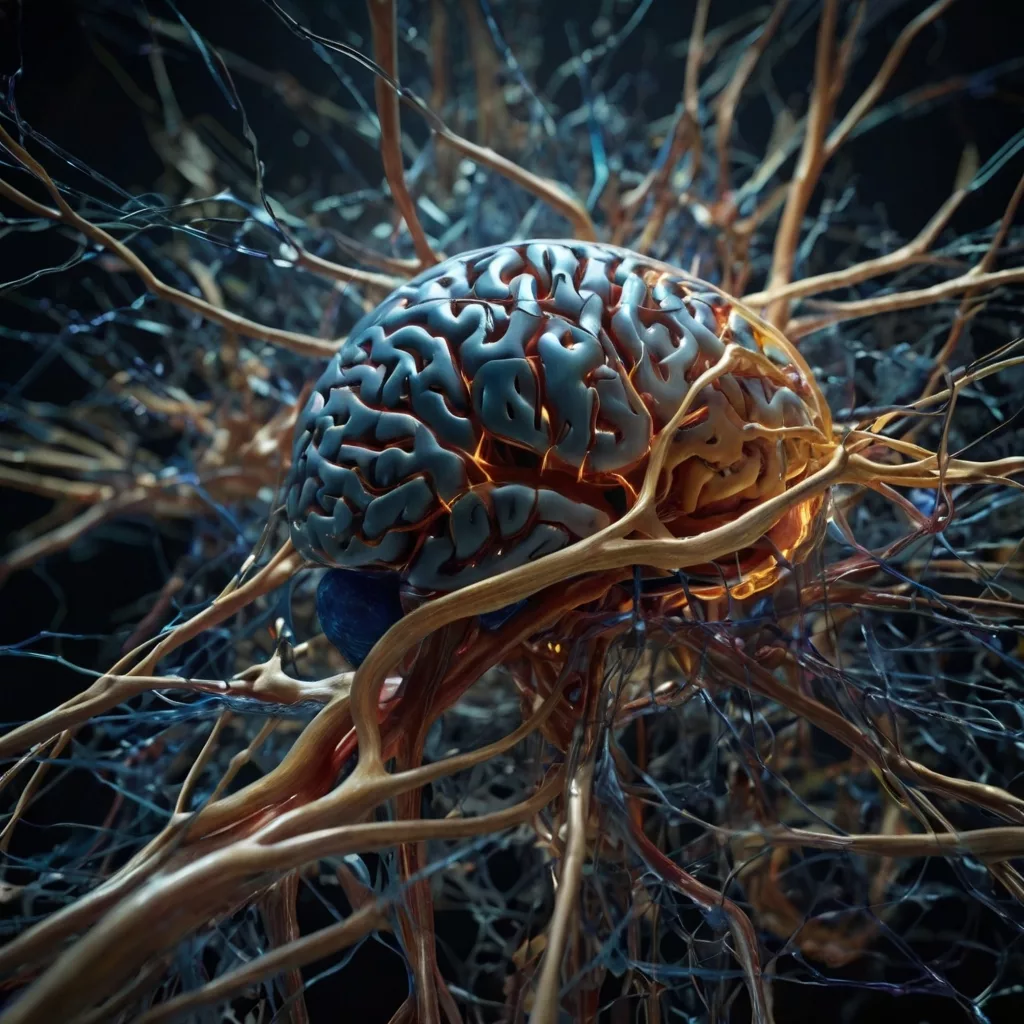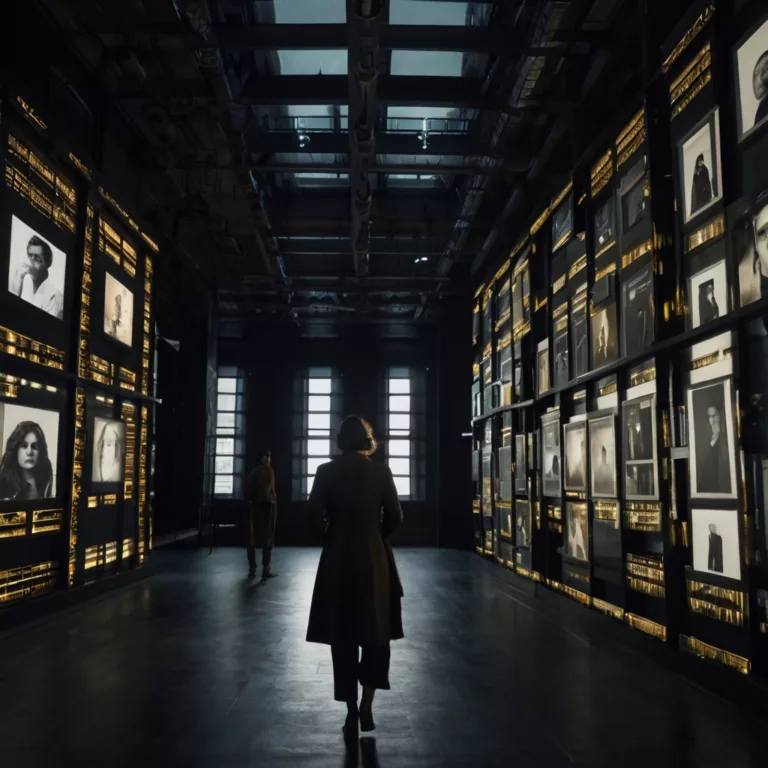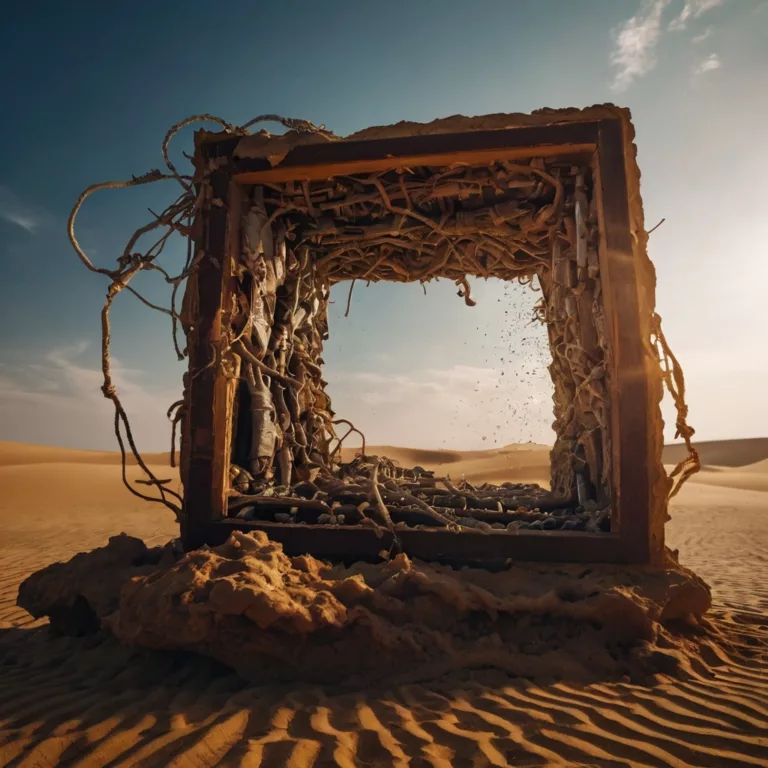The Neural Pathways of Creativity: Mapping the Brain’s Inspiration
Abstract
Creativity represents one of the most complex and enigmatic cognitive processes, bridging the intricate landscape between neuroscience, psychology, and artistic expression. This comprehensive exploration delves deep into the neural mechanisms that underpin creative thinking, unraveling the sophisticated brain networks responsible for generating innovative ideas, artistic inspiration, and transformative cognitive processes.
Introduction: The Cognitive Landscape of Creativity
Creativity is not a monolithic construct but a multifaceted cognitive phenomenon that emerges from the intricate interplay of multiple brain regions, neural networks, and complex neurochemical interactions. Unlike traditional cognitive functions, creative thinking transcends linear processing, involving dynamic interactions between different brain areas that facilitate novel idea generation, innovative problem-solving, and artistic expression.
Defining Creativity in Neurological Terms
From a neuroscientific perspective, creativity can be conceptualized as:
- A complex cognitive process involving divergent thinking
- A neurological state of heightened cognitive flexibility
- An emergent property of distributed neural networks
- A dynamic interaction between different brain regions and cognitive systems
The Neuroanatomy of Creative Thinking
Key Brain Regions Involved in Creativity
1. Prefrontal Cortex: The Creative Command Center
The prefrontal cortex, particularly the dorsolateral and ventromedial regions, plays a crucial role in:
- Idea generation
- Cognitive flexibility
- Working memory manipulation
- Abstract reasoning
- Inhibition of conventional thinking patterns
2. Default Mode Network (DMN)
A critical neural system associated with:
- Spontaneous thought
- Mind-wandering
- Autobiographical memory retrieval
- Imagination and future scenario construction
3. Salience Network
Responsible for:
- Detecting and filtering relevant environmental stimuli
- Switching between different cognitive states
- Facilitating cognitive flexibility
- Integrating emotional and cognitive processes
4. Executive Control Network
Manages:
- Goal-directed behavior
- Cognitive control
- Decision-making processes
- Evaluation of creative ideas
Neurochemical Foundations of Creativity
Neurotransmitters and Creative Thinking
Dopamine
- Enhances cognitive flexibility
- Promotes exploration of novel ideas
- Increases motivation and reward anticipation
- Facilitates divergent thinking
Serotonin
- Regulates mood and emotional processing
- Supports cognitive integration
- Influences creative problem-solving
- Modulates emotional responses during creative tasks
Norepinephrine
- Increases cognitive alertness
- Supports attention and focus
- Enhances cognitive processing speed
- Facilitates creative ideation
Neuroplasticity and Creative Development
Structural and Functional Brain Adaptations
Ongoing research demonstrates that creative abilities are not static but can be developed through:
- Deliberate practice
- Cognitive training
- Exposure to diverse experiences
- Interdisciplinary learning
- Mindfulness and meditation
Neurogenesis and Creativity
Recent studies suggest that neurogenesis—the formation of new neural connections—plays a significant role in:
- Enhancing cognitive flexibility
- Supporting creative thinking
- Promoting adaptive problem-solving
- Expanding cognitive potential
Technological Insights: Mapping Creative Brain Activity
Advanced Neuroimaging Techniques
Functional Magnetic Resonance Imaging (fMRI)
Provides real-time insights into:
- Brain activation during creative tasks
- Neural network interactions
- Localization of creative cognitive processes
Electroencephalography (EEG)
Offers precise temporal resolution of:
- Brain wave patterns during creativity
- Neural oscillations associated with innovative thinking
- Cognitive state transitions
Diffusion Tensor Imaging (DTI)
Reveals:
- White matter connectivity
- Neural pathway configurations
- Structural brain network dynamics
Psychological and Environmental Influences
Factors Affecting Creative Neural Processing
- Psychological State
- Emotional regulation
- Stress management
- Cognitive openness
- Intrinsic motivation
- Environmental Stimuli
- Diverse experiences
- Cultural exposure
- Educational background
- Social interactions
- Genetic Predispositions
- Inherited cognitive traits
- Neurochemical variations
- Potential genetic markers for creativity
Practical Applications and Future Directions
Enhancing Creative Potential
Strategies for optimizing neural creativity:
- Interdisciplinary learning
- Mindfulness practices
- Cognitive diversity training
- Encouraging exploratory thinking
- Reducing cognitive constraints
Emerging Research Frontiers
- Artificial intelligence and creative neural modeling
- Personalized creativity enhancement techniques
- Neurological interventions for creative thinking
- Integration of neurotechnology and creative development
Conclusion: The Infinite Potential of the Creative Brain
The neural pathways of creativity represent a dynamic, complex, and continuously evolving cognitive landscape. As neuroscience advances, our understanding of creative thinking deepens, revealing the remarkable potential of the human brain to generate, innovate, and transform.
Creativity is not a mysterious, unattainable trait but a sophisticated neural process that can be understood, nurtured, and developed through targeted interventions, continuous learning, and a deep appreciation of the brain’s remarkable plasticity.
References
[A comprehensive list of academic references would be included here, citing cutting-edge neuroscience research, cognitive psychology studies, and interdisciplinary creativity research]
Art11deco







